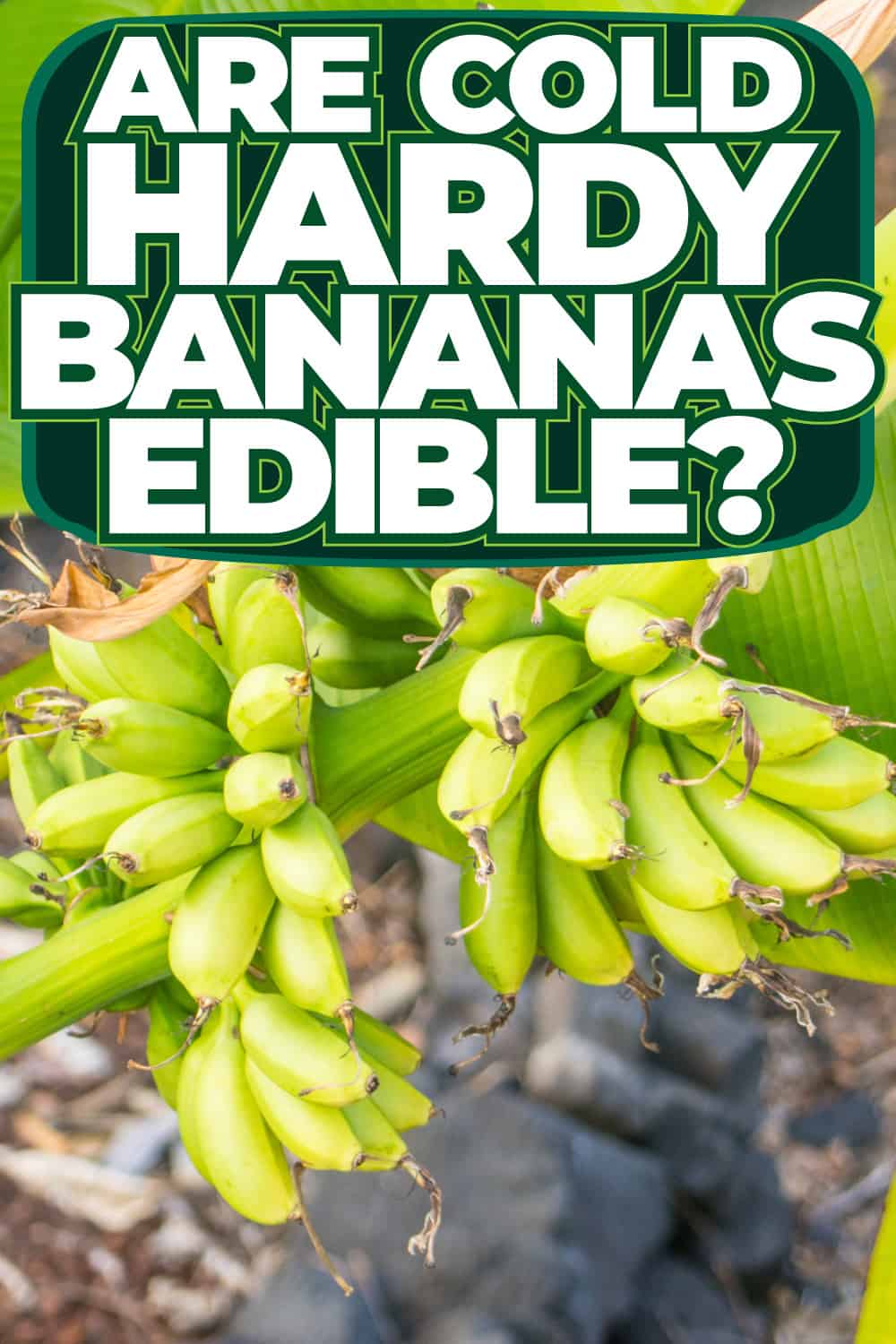Bananas are native to warm, temperate areas. However, there are a couple of banana plant varieties that have either evolved or adapted to colder regions, and you might be wondering if you can consume their fruits. We have done research on this topic to bring you all the important information you need about cold hardy bananas.
Cold hardy bananas are edible, but only a few types have a tolerable taste. Most cold hardy bananas planted in colder regions are planted for their leaves and stems, not their fruits. These plants often produce bananas that are on the starchier side, with less sugar than their non-hardy counterparts.
Cold hardy banana trees produce fruits that have a different taste from the common banana grown in warmer regions. Even if these banana plants are not necessarily grown for their fruits, the majority of their parts are still consumed and used in culinary methods around the globe. Continue reading as we discuss all the details about cold hardy bananas.
Are Cold Hardy Bananas Safe For Consumption?
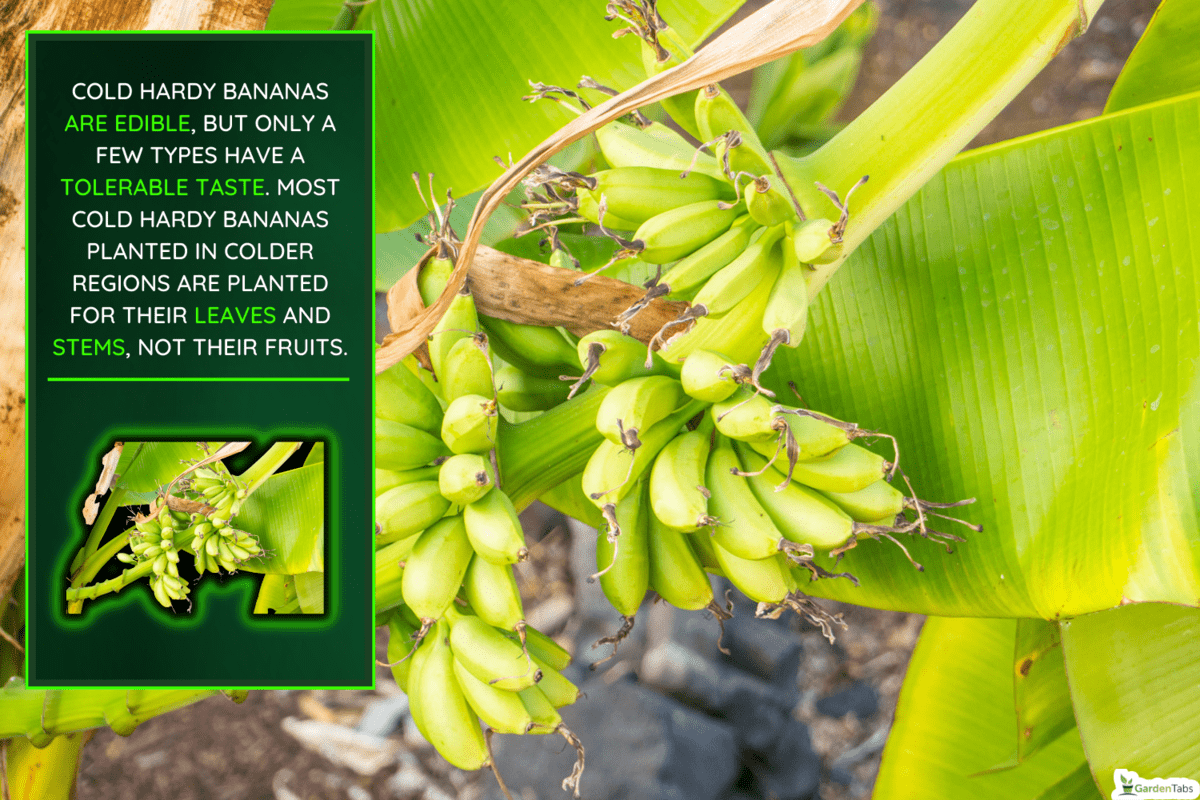
Native to tropical areas such as Southeast Asia and Australia, bananas are typically grown in warm, temperate areas with an average temperature of 78 degrees Fahrenheit.
The fruits of these plants are usually cultivated for consumption. These bananas are called dessert bananas, due to their soft texture and sweet taste.
Cold hardy bananas have adapted to colder climates compared to their usual warm habitats. These banana plants are normally grown in colder areas for their aesthetic rather than for the fruits that they produce. However, these banana trees still grow edible bananas safe for consumption.
Even if cold hardy bananas can be eaten, not a lot of their varieties have a pleasing texture or flavor. Most of these cold-hardy bananas produce plantains, also known as cooking bananas. Cooking bananas are harder than your typical grocery store banana, and they also have much less sugar.
In other parts of the world, the fruit is not the only part of a banana tree that is consumed. The stem, leaves, and rhizomes, which are the horizontal roots of a plant, are used in a lot of culinary practices. Below is a list of cold hardy banana plants with edible fruits.
Musa Basjoo (Japanese Banana)
Musa basjoo, also known as Japanese banana or Japanese fiber banana, is eaten as a delicacy in Japan. These bananas have a harder texture compared to a typical grocery banana, but once ripened, they taste almost as sweet.
Musa basjoos are shorter and thicker in size, and they have hard skin that turns from green to yellow-green when ripe.
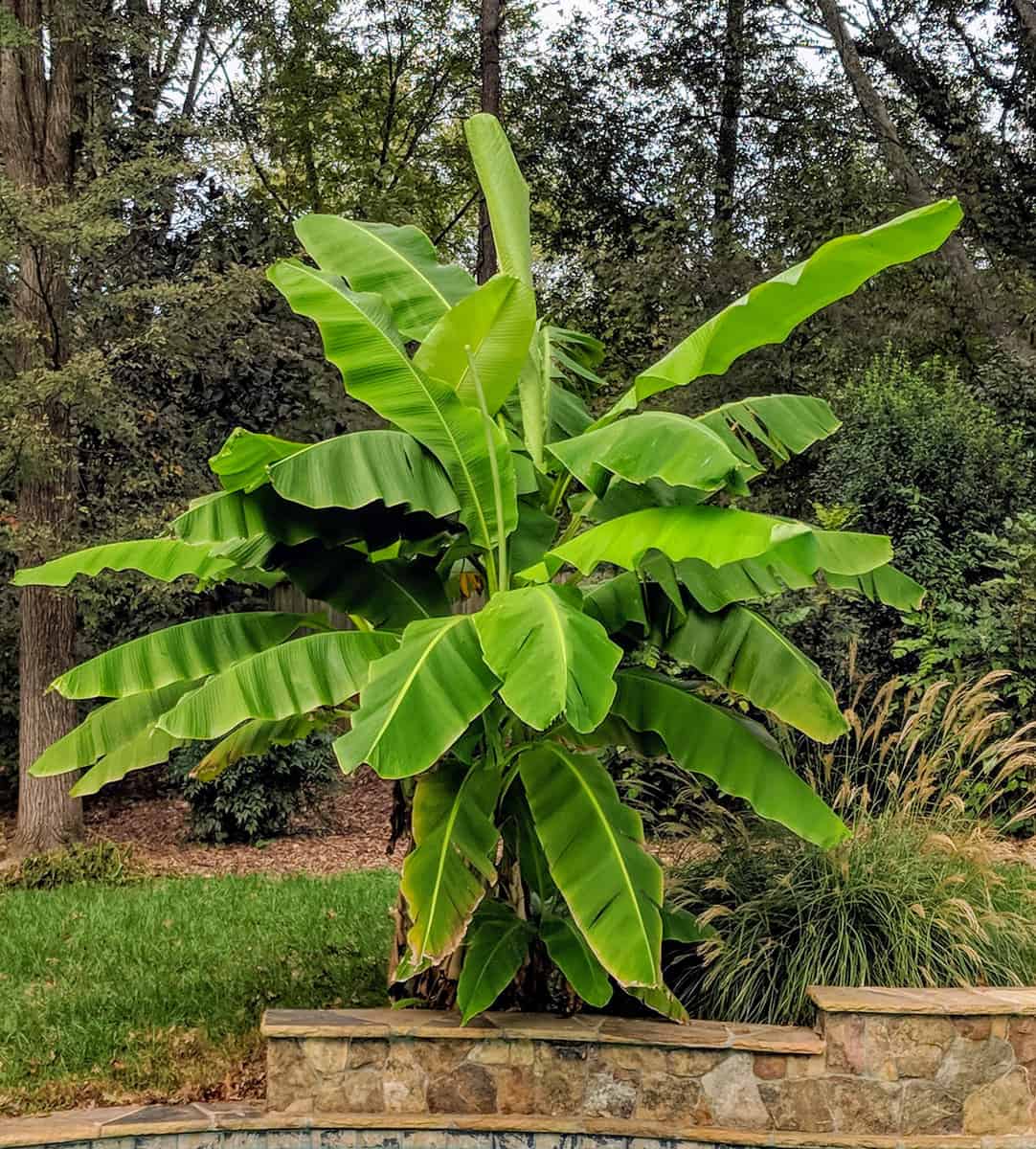
Despite being edible, a musa basjoo banana can be difficult to consume due to its sparse white pulp and the many black seeds that are spread inside the fruit.
In many parts of Asia, the fruit of a musa basjoo is cooked instead of eaten fresh. In traditional Chinese medicine, the stem, flower, as well as rhizome are cooked and taken to clear out bodily toxins.
Musa basjoo is a cold hardy banana. This plant, much like other cold hardy banana trees, dies down during winter and regrows during the warmer months. However, their rhizomes stay intact underground during winter, which has earned them the reputation of being cold hardy.
Musa Velutina (Pink Banana)
Musa velutina, also known as the pink banana or the hairy banana, is a cold hardy banana plant with edible fruits.
These bananas are native to northeastern India and can tolerate the winter temperature of US hardiness zone 7. Their fruits have a pink, hairy cover that springs back once the fruit is ripe and ready for consumption.
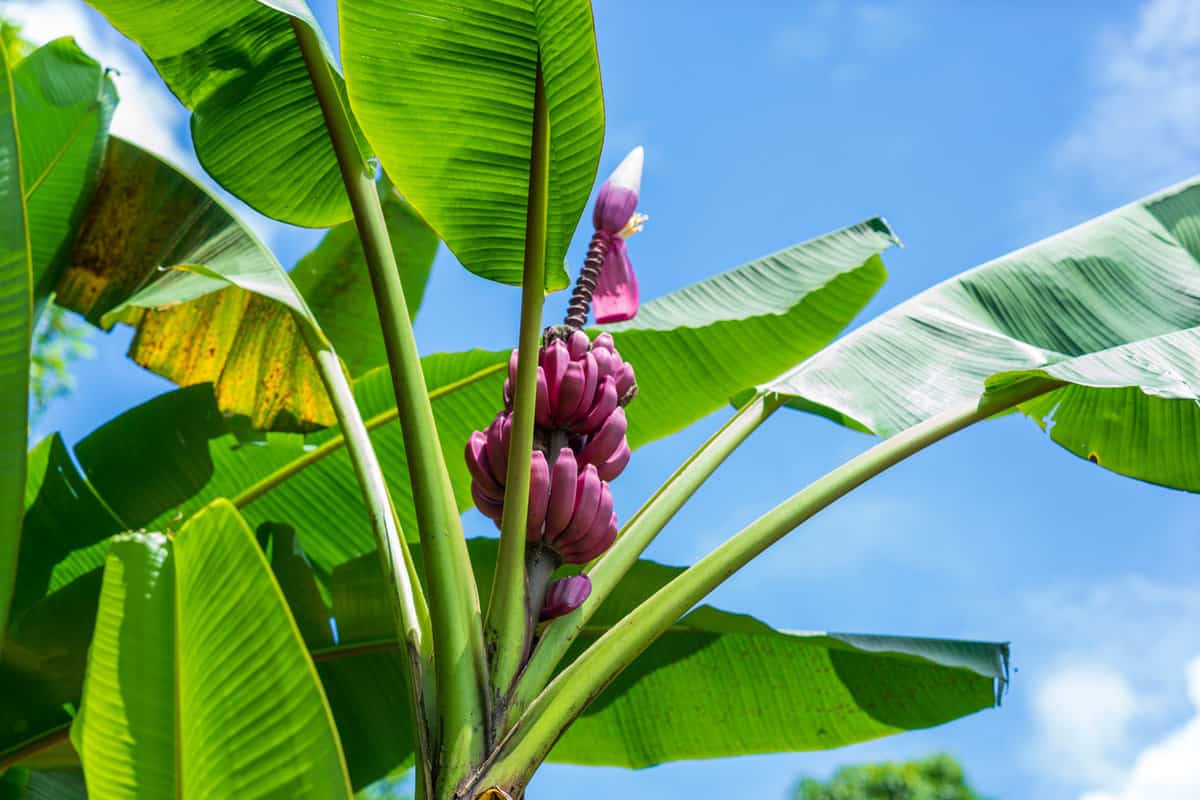
Unlike musa basjoo, musa velutina has a soft, sweet flavor that has a slight hit of tanginess to it. This banana also has seeds that can make it difficult to consume the fruit. Its seeds are large and tough, and accidentally biting one might damage your teeth.
Musa Helen's Hybrid
This cold hardy banana plant is a recently discovered hybrid plant of the common yellow banana species musa sikkimensis and musa chini champa.
Musa Helen's hybrid's leaves are large and green in color. This banana plant's leaves sometimes have red markings, making it a very popular choice in colder regions for its tropical aesthetic.
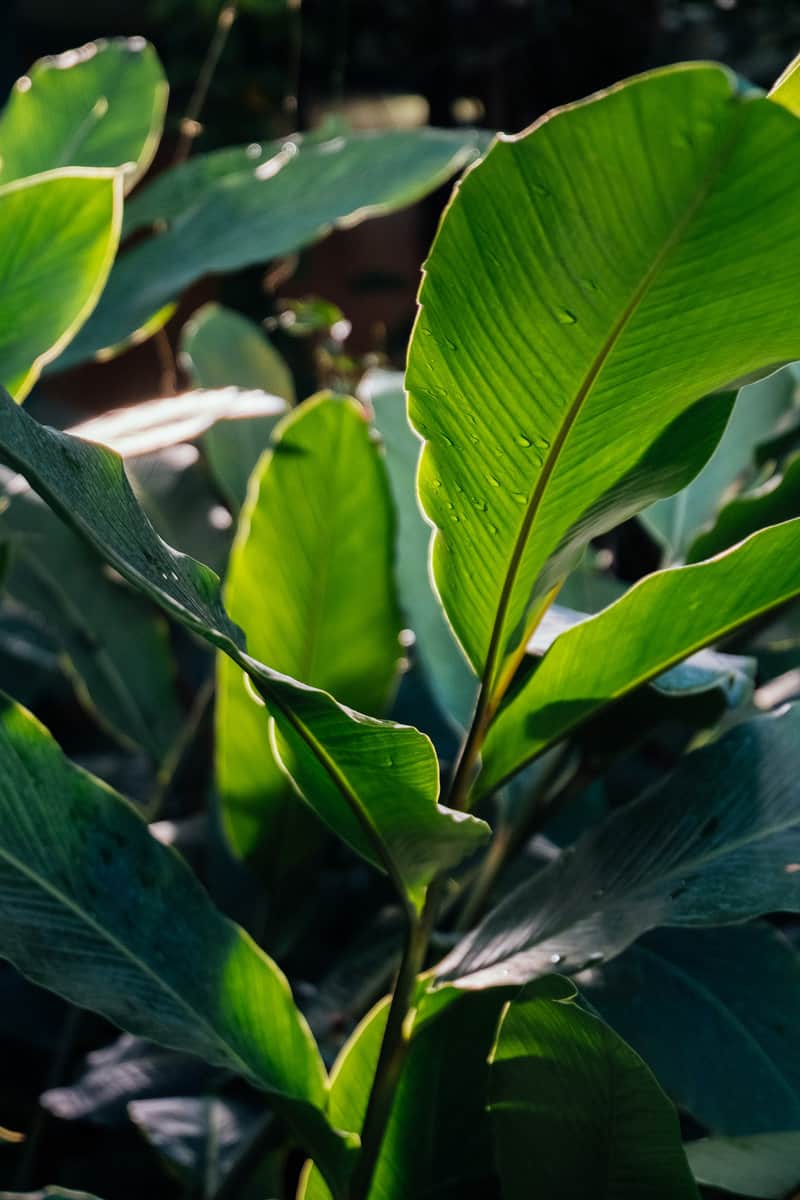
Musa helen's hybrid's fruits are sweeter than plantains. Much like musa basjoo and other cold hardy banana trees, musa helen's hybrid dies down and stays dormant through winter and grows back during spring. Musa helen's hybrid bananas also have large, tough seeds that are scattered inside the fruit.
Due to this plant's cold hardiness, it can survive winter temperatures down to negative 3 degrees Fahrenheit. This hardiness is a characteristic of musa sikkimensis, while the sweet flavor is derived from the musa chini champa variety.
Are There Frost-Tolerant Banana Trees With Edible Fruits?
Banana trees are commonly cultivated in tropical regions. However, some banana plant varieties have developed tolerance against cold temperatures. Only a few banana plant species are cold hardy, but a couple of them can tolerate frost.
Frost-tolerant banana trees might not be able to survive freezing temperatures like musa basjoo, musa velutina, and musa helen's hybrid, but they can survive in US hardiness zone 8.
US hardiness zone 8 experiences warm weather with mild winters. However, winter temperatures there can still drop to as low as 10 to 20 degrees Fahrenheit, which is about 50 degrees colder than an average banana tree habitat.
Frost-tolerant banana trees also die down to the ground during the winter season and grow back during spring. They will continue to produce bananas until the next cold season. Below is a list of frost-tolerant banana trees with edible fruits.
Musa Chimi Champa
Musa chini champa can grow in US hardiness zone 8. They produce edible fruits that have a soft texture and a sweet flavor. Musa chini champa has yellow fruit with a thin peel, and this banana variety is used to develop musa helen's hyrid due to its sweet taste.
Some consider this variety cold hardy. However, it is important to note that zone 8 is the coldest region this plant can be cultivated in. Zone 8 is a warm zone, and it is recommended that banana trees planted in this region should be provided with extra care during winter months.
Dhursay
This type of banana is commonly known as Monthan, which is also considered a plant species under the name musa x paradisiaca. However, musa x paradisiaca is also the name of the hybrid between musa acuminata and musa balbisiana.
Dhursay is the native name of this sweet banana variety. The frost-tolerant fruit is native to the tropical state of Karnataka, India.
Blue Java
The blue java banana, also known as "ice cream" or "Krie," is a banana with a blue peel. This banana is also ice cream due to its soft, creamy texture and its sweet flavor that many compare to vanilla.
Blue Java is native to Southeast Asia, but it can tolerate frosts of 10 to 20 degrees Fahrenheit. The blue java banana is a hybrid of musa balbisiana and musa acuminate, which are both native to Southeast Asia. This means that while blue java has developed a tolerance to frost, the plant is not cold-hardy.
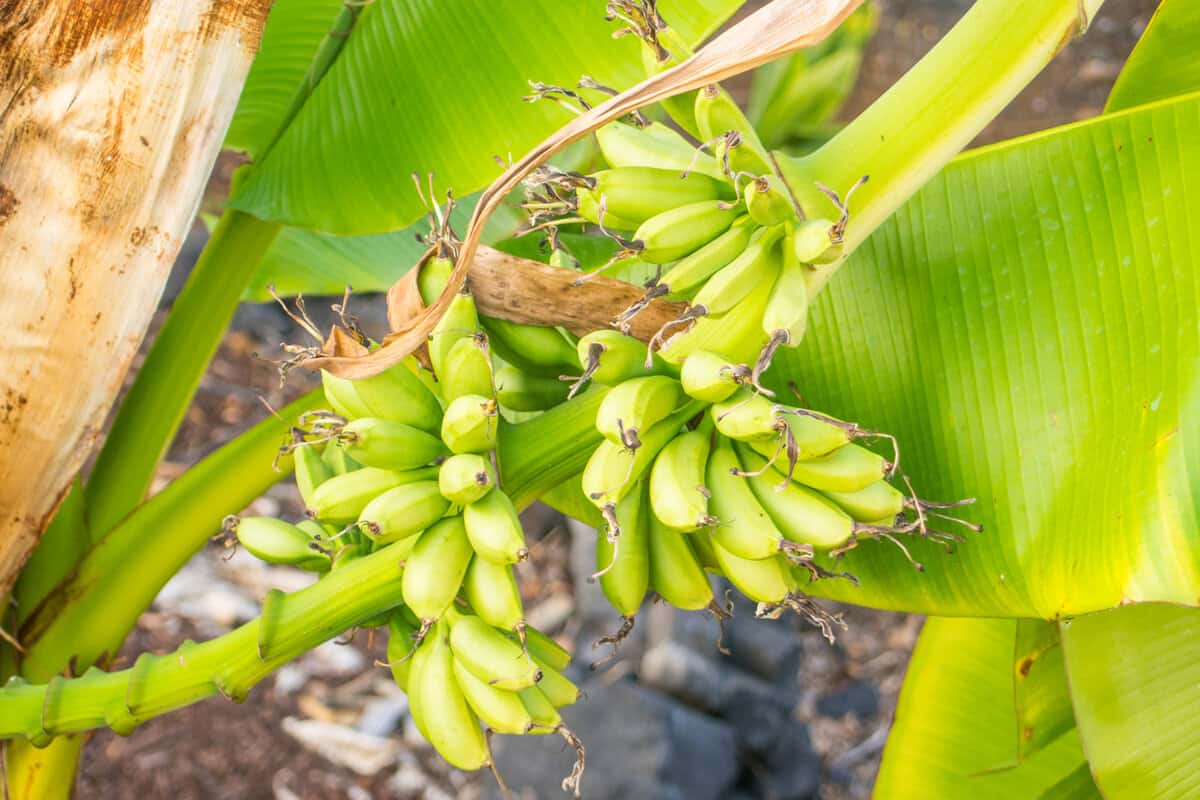
How Do I Care For Cold Hardy Bananas During Winter?
Cold hardy bananas like musa basjoo can shed down to their rhizome during the cold winter months. This creates the appearance of a tree that has died down. However, the plant has only temporarily shifted to dormancy in order to survive low temperatures.
Cold hardy bananas will grow back in spring after the temperatures have risen. Cold hardy banana trees can survive winter better when mulch is applied over the remaining crown of the plant.
The mulch will act as insulation for the plant so that it can survive in a warmer temperature. You may also choose to cut down the stem of the plant. However, you must leave at least 8 to 10 inches of trunk when cutting.
To Wrap Up
Banana trees naturally grow in regions with a tropical climate, but there are a few varieties that have developed cold hardiness. Cold hardy bananas are usually harder and less sweet than common bananas.
In this article, we discussed if cold hardy bananas are edible. We also discussed other banana trees with frost tolerance that produce edible fruits. Whether cold hardy bananas are edible or not, you should figure out your personal dietary restrictions before consuming anything you are unfamiliar with.
Made it to the end? Check out some of our other related posts!
What Is The Best Fertilizer For Banana Trees?
How to Grow An Indoor Banana Tree [A Care Guide For Beginners]
